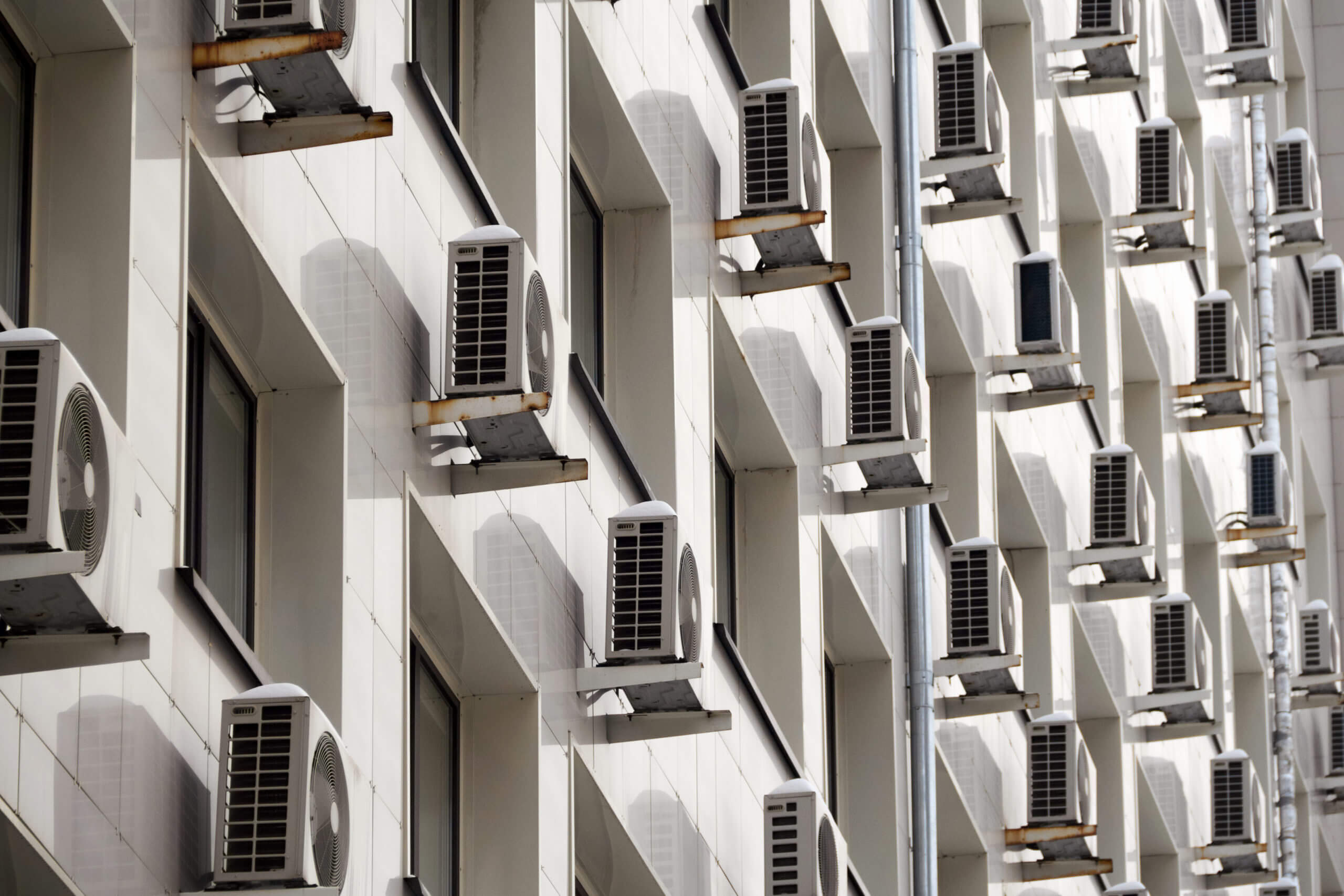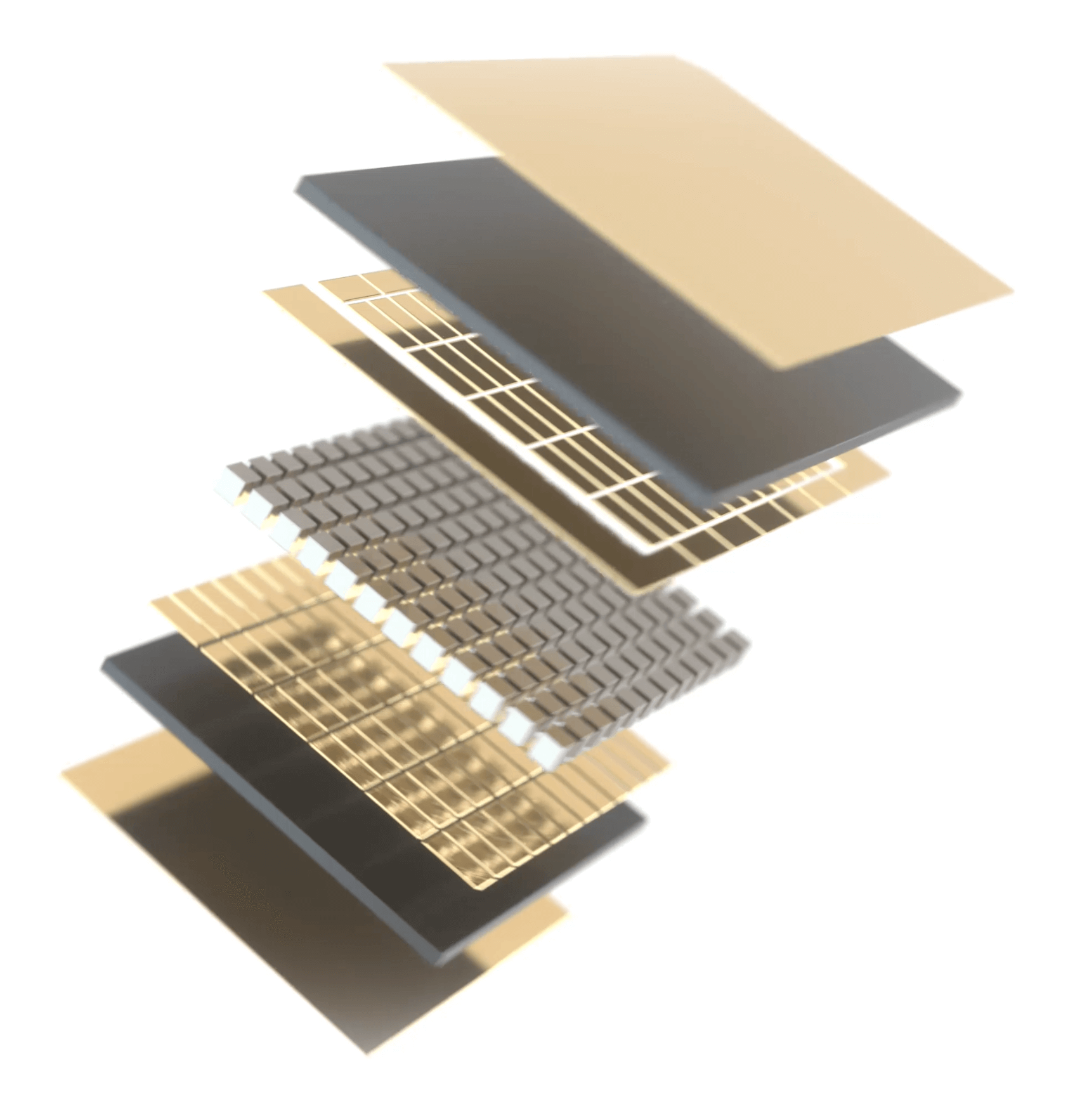Significant system-wide
emissions reduction
annually via operations
helps save100 tonnes of CO2e
The TTAP platform delivers industry-leading sustainability benefits.
TTAP (Terminal Treatment of Air with Pelter) technology is changing the future of what’s possible in commercial HVAC. During the production and installation of a TTAP unit, lab benchmark testing and LCA analyses have shown at least a 15% decrease in CO2e Ongoing HVAC operations save an additional 16%+ CO2e, through a combination of an all-electric operation that uses no fossil fuels, energy efficiency and the elimination of toxic HFC refrigerants.



